This is an guide to learn how to use and build JSON prompts AI for VEO, Sora, Nano Banana and WAN.
Artificial intelligence has reached a stage where text alone isn’t always enough to get the results we want. Whether you’re building cinematic video sequences, generating digital art, or creating structured narratives, JSON Prompts AI has become one of the most effective methods to guide advanced AI systems like VEO, SORA, Nano Banana, and WAN.
In this guide, we’ll explore how JSON Prompts AI works across these platforms, provide realistic examples, and show you how to create JSON prompts both manually and using the free JSON Prompt Generator at jsonpromptsai.org. By the end, you’ll be able to craft precise prompts that can scale across multiple models and use cases.
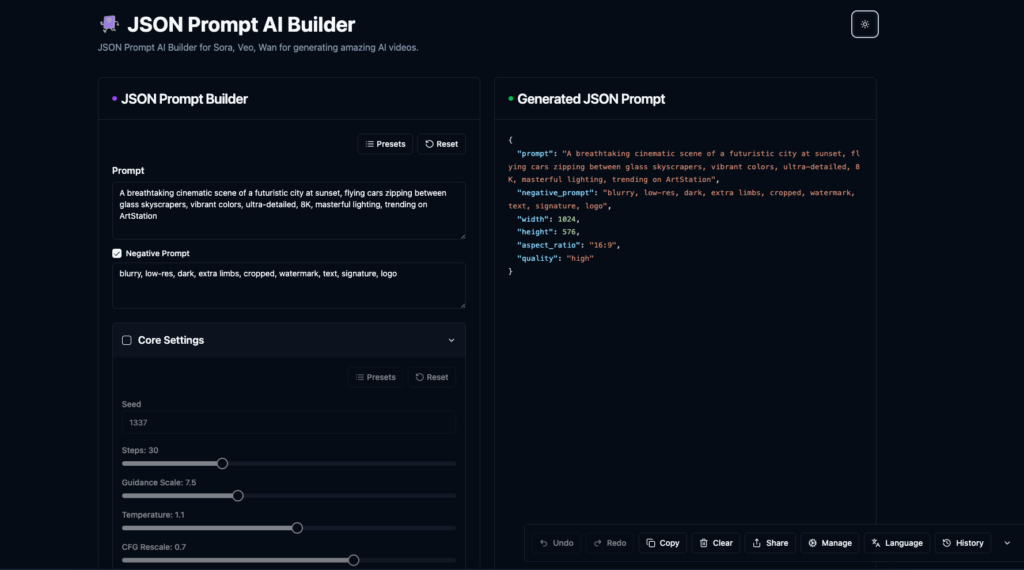
What are JSON Prompts for AI?
JSON Prompts AI is the practice of formatting AI instructions inside a JSON object, rather than as plain text.
For example, a simple text prompt might look like this:
“Create an image of a futuristic city with flying cars at sunset.”
The JSON equivalent:
{
"prompt": "A breathtaking cinematic scene of a futuristic city at sunset, flying cars zipping between glass skyscrapers, vibrant colors, ultra-detailed, 8K, masterful lighting, trending on ArtStation",
"negative_prompt": "blurry, low-res, dark, extra limbs, cropped, watermark, text, signature, logo",
"width": 1024,
"height": 576,
"aspect_ratio": "16:9",
"quality": "high"
}
This structured approach gives precision and flexibility. You can define what you want, what you don’t want, and how the output should look—down to aspect ratio, quality, and resolution.
Benefits of JSON Prompts
- Precision – You specify details clearly.
- Cross-platform compatibility – One schema can be adapted for VEO, SORA, WAN, etc.
- Reusability – JSON prompts can be saved, shared, and repurposed.
- Negative control – Adding
negative_promptavoids undesired outputs. - Scalable workflows – Enterprises can automate thousands of prompts programmatically.
JSON Prompts AI for VEO and VEO 3
VEO is known for its advanced text-to-video capabilities, while VEO 3 extends control over visual effects and realism. JSON prompts make it easier to instruct VEO precisely.
Example JSON Prompt for VEO:
{
"prompt": "A cinematic wide shot of a surfer running with a dog along the beach at sunrise, golden light reflecting on the ocean waves, slow-motion detail, inspirational tone",
"negative_prompt": "blurry, overexposed, distorted anatomy, cropped, watermark, text",
"width": 1920,
"height": 1080,
"aspect_ratio": "16:9",
"quality": "ultra"
}
Example JSON Prompt for VEO 3:
{
"prompt": "A futuristic city skyline glowing with neon lights, robots and humans walking together, holographic billboards, cyberpunk atmosphere, cinematic depth of field",
"negative_prompt": "dark, flat colors, low-res, missing details, extra limbs, text, logos",
"width": 2048,
"height": 1152,
"aspect_ratio": "16:9",
"quality": "high"
}
With VEO and VEO 3, JSON prompts let creators control camera style, tone, and cinematic realism—making it closer to a digital film script.
JSON Prompts AI for SORA
SORA specializes in generating realistic motion sequences and physics-driven video. JSON prompts help define environments, camera angles, and cinematic flow.
Example JSON Prompt for SORA:
{
"prompt": "A wide cinematic shot of a skier racing down a snowy mountain, powder flying in the air, crisp details, blue sky, natural lighting, breathtaking scenery",
"negative_prompt": "blurry, flat lighting, grainy, missing textures, cropped edges, watermark",
"width": 1280,
"height": 720,
"aspect_ratio": "16:9",
"quality": "high"
}
By defining parameters in JSON, you ensure SORA understands both motion realism and scene composition.
JSON Prompts AI for Nano Banana
Nano Banana is a lightweight AI model designed for quick experiments, summaries, and small-scale creative projects. It can benefit from JSON prompts for consistency, even though it doesn’t need large video settings.
Example JSON Prompt for Nano Banana:
{
"prompt": "Summarize the key benefits of renewable energy in a clear, concise way, around 100 words, neutral tone",
"negative_prompt": "overly complex, biased language, too short, vague",
"width": 512,
"height": 512,
"aspect_ratio": "1:1",
"quality": "medium"
}
Here, the JSON format makes it easy to set word length, tone, and structure, ensuring results are lightweight yet reliable.
JSON Prompts AI for WAN
WAN is a robust AI used for text, multimodal, and structured content generation. JSON prompts break down complex requests into clear instructions.
Example JSON Prompt for WAN:
{
"prompt": "Write a detailed article about Artificial Intelligence in 2025, covering multimodal advancements, ethical challenges, and industry applications, written in a professional but engaging tone",
"negative_prompt": "generic, shallow, repetitive, low quality",
"width": 1024,
"height": 768,
"aspect_ratio": "4:3",
"quality": "ultra"
}
WAN benefits from structured control—allowing large-scale text creation without losing clarity.
How to Generate JSON Prompts with JSON Prompts AI Generator
Instead of writing JSON manually every time, you can use the free tool at jsonpromptsai.org.
Steps:
- Visit the generator page.
- Fill in fields such as Prompt, Negative Prompt, Width, Height, Aspect Ratio, and Quality.
- The tool automatically generates a valid JSON schema.
- Copy and paste it into your model’s interface or pipeline.
This is the fastest way for beginners to create error-free prompts while learning the structure.
How to Generate JSON Prompts Manually
If you prefer to write your own prompts, here are some methods:
Method 1: Start from a Template
Use a base structure like this:
{
"prompt": "Your main idea here",
"negative_prompt": "What you want to avoid",
"width": 1024,
"height": 576,
"aspect_ratio": "16:9",
"quality": "high"
}
Modify the prompt and negative_prompt depending on your project.
Method 2: Layer Descriptions
Break down your scene or task into layers—environment, subject, style, and effects. For example:
{
"prompt": "A majestic dragon flying over a medieval castle, glowing fire breath, cinematic clouds, epic fantasy art style",
"negative_prompt": "cartoonish, blurry, cropped, dark",
"width": 1920,
"height": 1080,
"aspect_ratio": "16:9",
"quality": "ultra"
}
Method 3: Add Negative Prompts Early
Always include what you don’t want (e.g., blur, distortions, text artifacts). This saves time and improves output consistency.
Method 4: Adjust for Model Strengths
- VEO / VEO 3 → Focus on cinematic scenes and video details.
- SORA → Emphasize realism and physical action.
- Nano Banana → Keep it short, text-based, and simple.
- WAN → Structure larger articles or multimodal workflows.
Method 5: Iterative Refinement
Run your prompt, observe results, tweak width, height, and tone, then repeat. JSON makes iteration systematic.
Final Thoughts
JSON Prompts AI is not just a formatting choice—it’s a game-changer in AI interaction. By using structured schemas, you can bring precision, creativity, and repeatability across models like VEO, SORA, Nano Banana, and WAN.
If you’re new, start with the JSON Prompt Generator for fast results. Once you’re comfortable, write manual JSON prompts for maximum flexibility. Whether you’re generating a cinematic sequence, building micro-content, or crafting long-form articles, structured prompts are the future of AI communication.
As one of the co-founders of Codeless, I bring to the table expertise in developing WordPress and web applications, as well as a track record of effectively managing hosting and servers. My passion for acquiring knowledge and my enthusiasm for constructing and testing novel technologies drive me to constantly innovate and improve.
Expertise:
Web Development,
Web Design,
Linux System Administration,
SEO
Experience:
15 years of experience in Web Development by developing and designing some of the most popular WordPress Themes like Specular, Tower, and Folie.
Education:
I have a degree in Engineering Physics and MSC in Material Science and Opto Electronics.



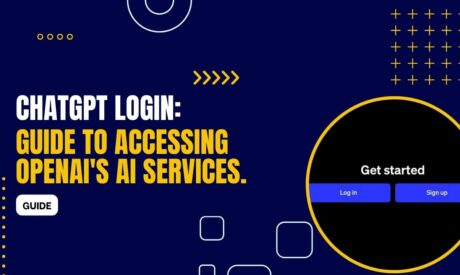
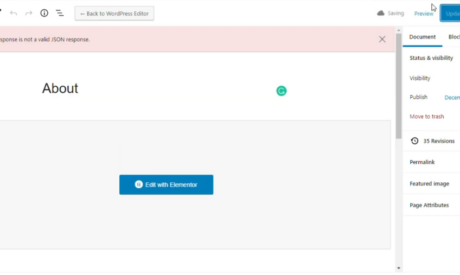
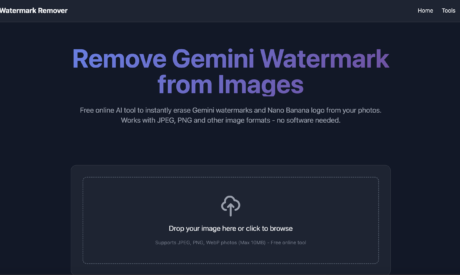
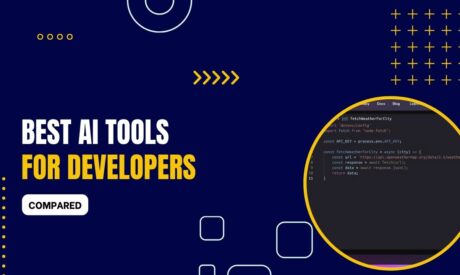
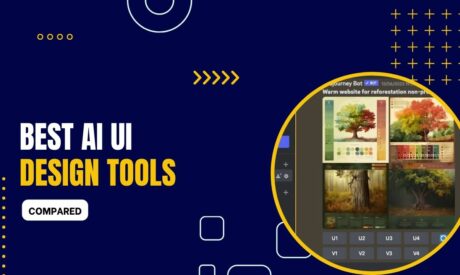
Comments